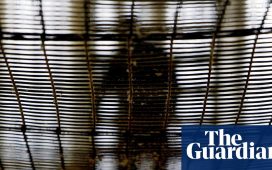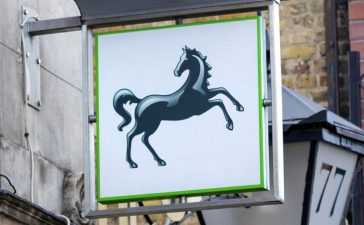A discovery of metal bars embedded with uranium at Heathrow in late December has triggered an urgent counter-terrorism investigation, in an attempt to establish why it was concealed in an aeroplane shipment.
Scotland Yard said on Tuesday night the amount of contaminated material was “extremely small” and posed “no threat to the public” although some reports had suggested, incorrectly, that several kilograms of uranium itself were discovered.
The absence of danger was emphasised by multiple sources on Wednesday morning, although the way in which the uranium was discovered “in kilo bars” has raised questions whether there was a deliberate effort to conceal the presence of the radioactive element.
Found by Border Force staff at Heathrow airport, the uranium was contained in a package of scrap metal that originally came from Pakistan and had come to the UK via a passenger flight from Oman on 29 December. It was bound for an Iranian business with premises in the UK.
Hamish de Bretton-Gordon, the former head of the British army’s chemical weapons unit, said he believed only trace amounts of uranium had been discovered and that it was unclear – “a million-dollar question” – what it could have been for.
But the weapons expert said the public should not be concerned, not least because it was detected once it had arrived in the UK. “The system worked,” he added.
Iran has been enriching uranium to 60% at two sites in the country, according to the International Atomic Energy Agency, but denies any plan to develop a bomb, which requires uranium to be 90% enriched.
Tehran also remains in long-running talks to restart an agreement in which it would curb its nuclear activities in return for sanctions relief, but concerns about the country’s support for Russia make it unclear if a deal can be struck.
Uranium is used as fuel in nuclear power stations and can be used for “dirty bombs” – munitions with a radioactive element – and certain types of nuclear weapons. But the Metropolitan police said its discovery did not appear to be linked with any active plot.
“I want to reassure the public that the amount of contaminated material was extremely small and has been assessed by experts as posing no threat to the public,” said Commander Richard Smith of the Met.
“Although our investigation remains ongoing, from our inquiries so far it does not appear to be linked to any direct threat. As the public would expect, however, we will continue to follow up on all available lines of inquiry to ensure this is definitely the case.”
A Met spokesperson added: “We can confirm officers from the Met’s counter-terrorism command were contacted by Border Force colleagues at Heathrow after a very small amount of contaminated material was identified after routine screening within a package incoming to the UK on 29 December 2022.”
It is understood that the Home Office does not believe there is any threat to the public. A Home Office spokesperson said: “We do not comment on live investigations.”











